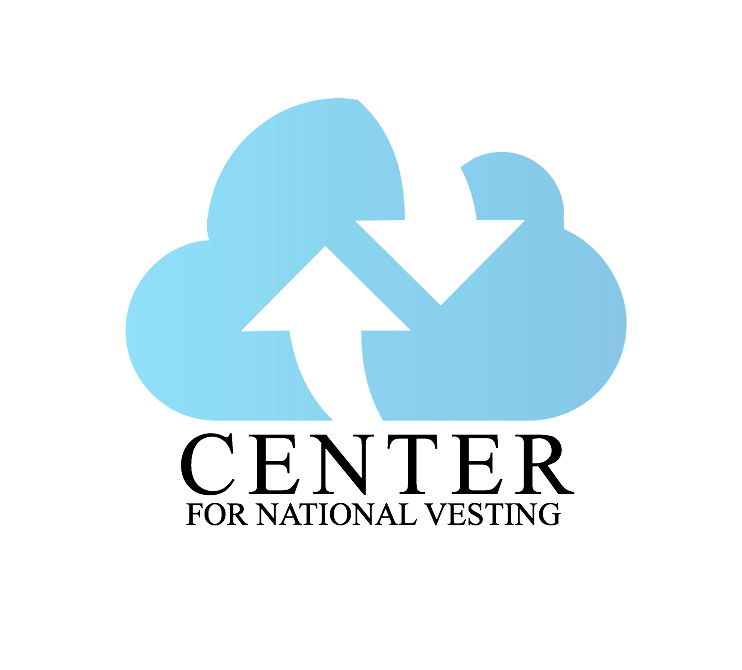Rising prices are a concern, but vested economics could be a difference maker
When the Labor Department reported last month that the consumer-price index rose 4.2 percent in April from a year earlier, it may have given shivers to those who remember the high inflation days of the 1970s and early ’80s.
According to The Wall Street Journal, “The U.S. struggled with high inflation in the 1970s and early 1980s,” with the inflation rate peaking in April 1980 at 14.76 percent.
While the rate is nowhere near those rates, the story pointed out that the April price-index “rose by the most in any 12-month period since 2008.”
In layman terms, what this means is that consumers need to spend 4.2 percent more money to buy the same number of goods as they did a year earlier.
Recognizing the concern over more consumer spending, there is a way for Americans to benefit from a new economic paradigm known as vested economics. This would make it possible to spur sales while decreasing the debt burden for every American.
National vesting makes it possible to improve the situation for consumers. Robert Whitehair, founder of the Center for National Vesting, has found, through his mathematical formulas, what he calls “a market surplus that now exceeds $15 trillion per year.”
The market surplus produced by every American is the key ingredient to national vesting. National Vesting, in turn, is the key to transforming our economy and the lives of every single American – for the better.
Our economy requires that people participate. Without participation in the economy, retail sales will suffer across the board.
In a vested economy, it is possible to reduce the debt burden on individuals and businesses, which would stimulate retail sales. And stimulating sales would be a welcome sign for retailers and a relief for consumers.

